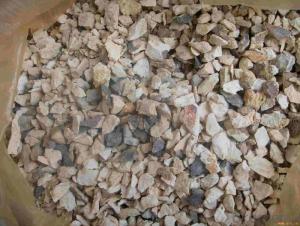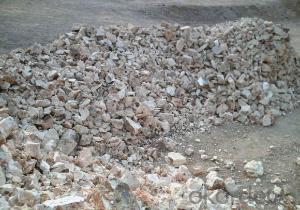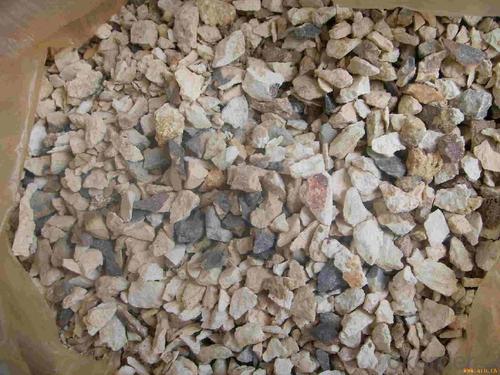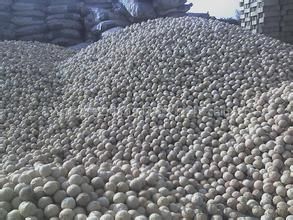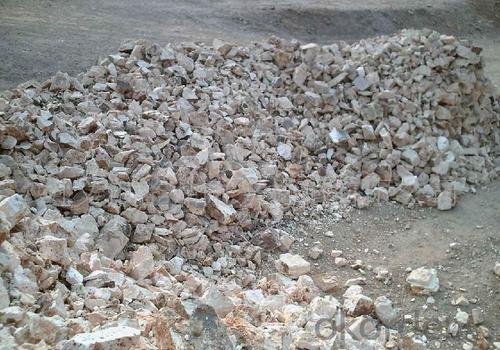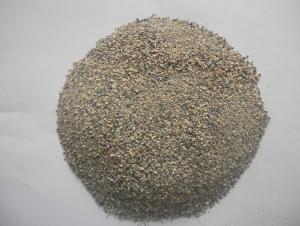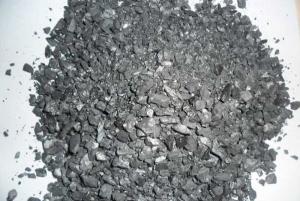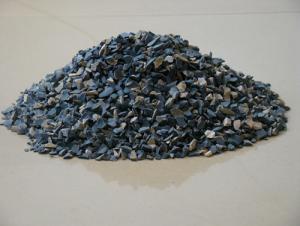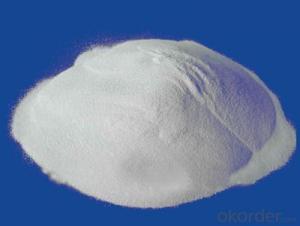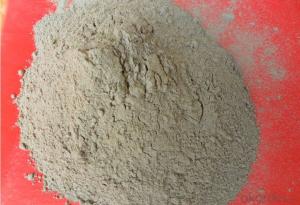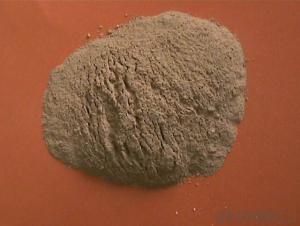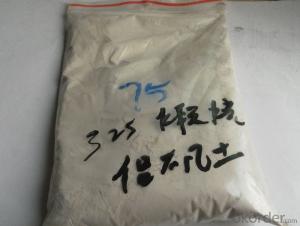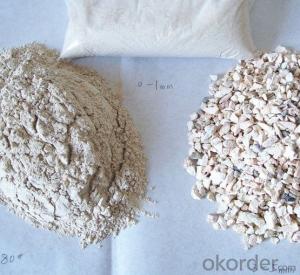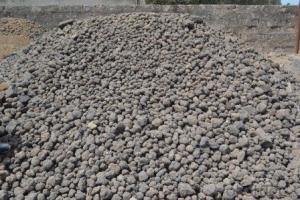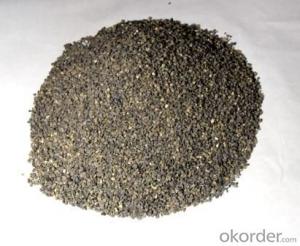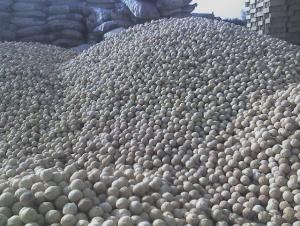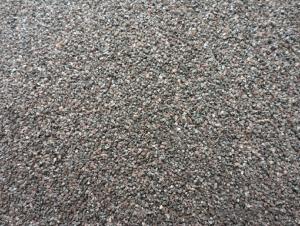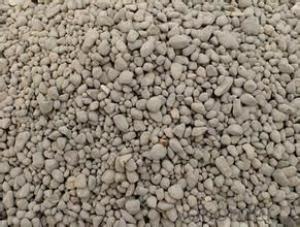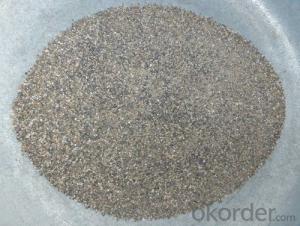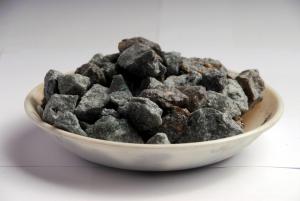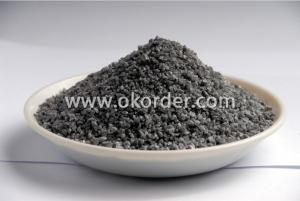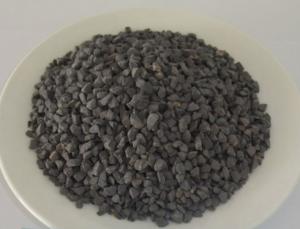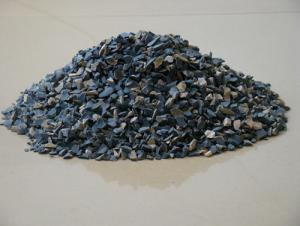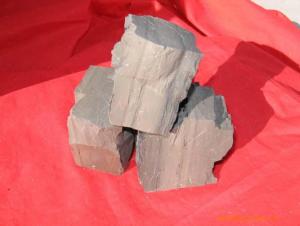Raw Materials for Refractory:87% Alumina 1-3mm Calcined Bauxite with Low Price
- Loading Port:
- Tianjin
- Payment Terms:
- TT OR LC
- Min Order Qty:
- 25 m.t.
- Supply Capability:
- 30000 m.t./month
OKorder Service Pledge
OKorder Financial Service
You Might Also Like
87% alumina 1-3mm calcined bauxite with low price
Specifications
1. We directly supply calcined bauxite
2. Al2O3:70%/75%/80%/85%/86%/88%/90%
3. Size:0-1-3-5-8-10/200mesh/325mesh/400mesh/500mesh
Size:
Lumps /Grains:0-1mm,1-3mm,3-5mm,5-8mm /Powders:100mesh, 200mesh,325mesh
Product Description:
Bauxite, alumina or bauxite miner , main ingredients are aluminum oxide, hydrate alumina containing impurities,
is an earthy mineral.White or grey, brown yellow or light red by iron.From 4 to 3.9 g/cm3 density, hardness, 1 ~ 3, opaque, very brittle.
Very difficult to melt.Insoluble in water, soluble in sulfuric acid, sodium hydroxide solution.Mainly used for aluminium, refractory material.
Calcined Bauxite Grade:
Shaft Kiln Bauxite
Rotarty Kiln Bauxite
Round Kiln Bauxite
Packaging & Delivery
Packaging Details: In bulk or in 1-1.25mr bag
Product Pictures:
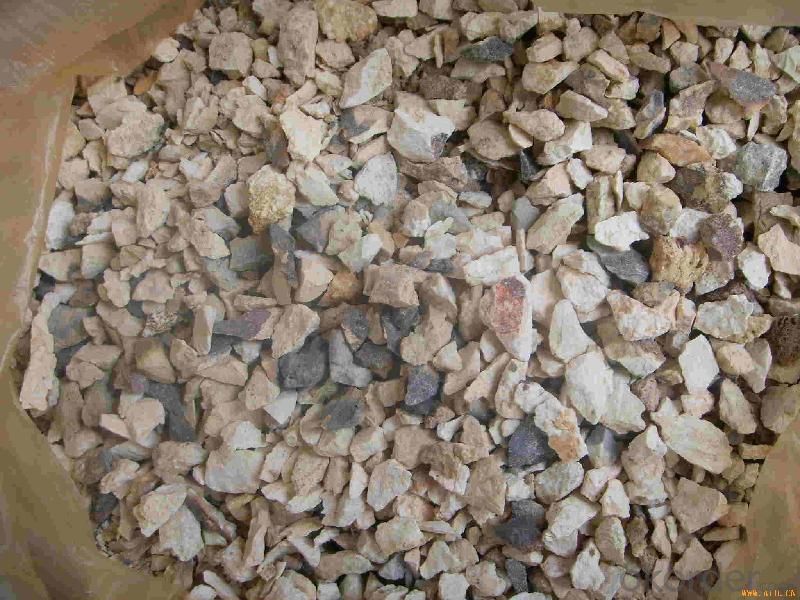
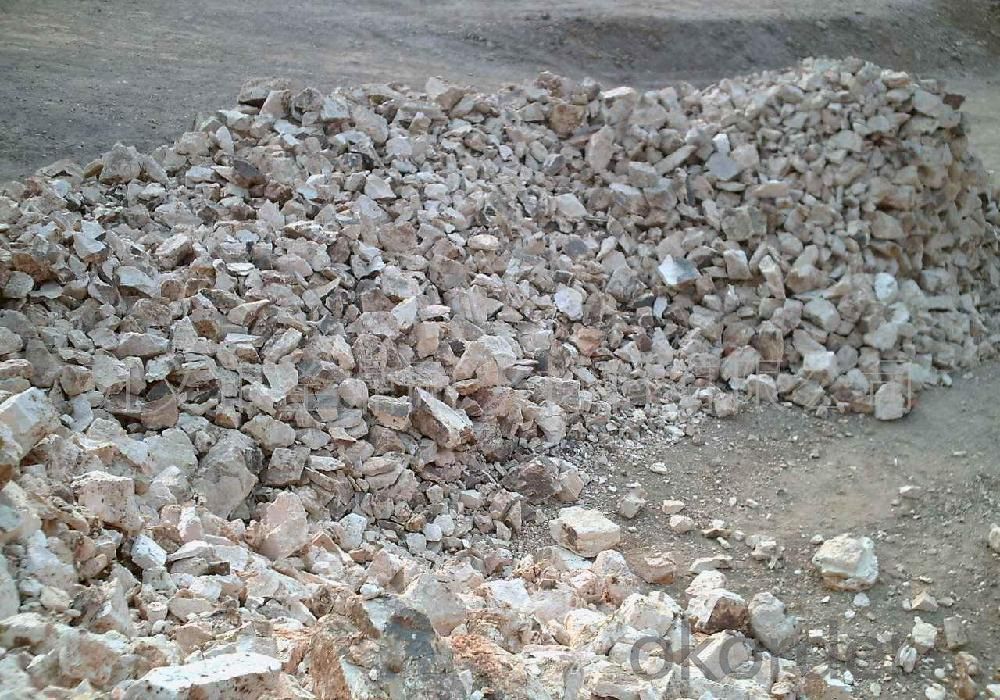
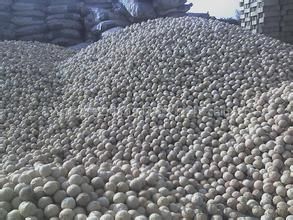
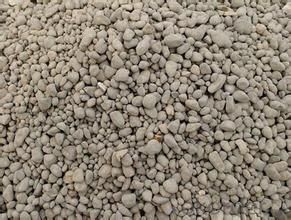
Our Service:
1. Your inquiry related to our products or prices will be replied in 24hours.
2. Manufacturer with large capacity, ensure the fast production cycle after confirmed the order.
3. Our professional technicians will answer your entire enquiry in patient.
4. To meet the refractory solutions, we can serve as your instructions.
5. Protection of sales area and private information for our entire customer.
If you’ve kind enquiries, please don’t hesitate to let us know. ^_^
- Q: What is the principal part of silicious refractory material
- lightweight silica bricks, product with fused quartz, the silicon?dioxide content is generally greater than 93%, including silica?brick silicious refractory SiO2 as a main component of refractory products
- Q: How long is the duration of fire resistance that fireproof window of level B can endure?
- Fire proof window of level B is the fire proof window whose duration of fire resistance is not less than 1 hour. Technical requirements: One, Materials and fittings (1) the frame of windows draw on steel or wood frames which have certain intensity and are able to ensure the integrity and stability of components. (2) Steel frame and layering can use galvanized steel or stainless steel plate. Its selection criteria shall be in line with provisions 5.1 of GB12955< steel fire door general technical conditions >. (4) The internal fillings of steel, wood frames should use non combustible materials. (5) Fire proof windows can opt for qualified products without affecting the performance of fire proof window. Light transmittance of glass shall not be less than 75% of the same layer of ordinary flat glass. (6)The sealing material between the frame and the fireproof glass should adopt the nonflammable materials, functioning as the fire blocker. (7)Hardware fittings should be tested for qualified products.
- Q: How long is the fire resistance time of the AAAfire resistance rolling shutter door?
- How long is the fire resistance time of the AAA fire resistance rolling shutter door?
- Q: What's the refractoriness and how to measure the refractoriness?
- Bottom each side length is 8 mm and upper side length is 2 mm. Under a certain temperature-rising speed, when heating, refractory's resistance to high temperature from melting is called refractoriness. The properties of cross section into an equilateral triangle and height is 30 mm. When it bends down until the vertex and chassis contact temperature is the refractoriness of sample. It bends due to the influence of its weight. Make the will-measured material into standard pyrometric cone.
- Q: What is the fire endurance of fireproof glass cotton?
- of course,A level is better. A-class is non-combustible, class B is fire retardant, rock wool fire resistance is 800 ℃, glass wool fire resistance is 450 ℃ , class B has a relatively better thermal insulation effect, hope it can solve your doubts.
- Q: What thickness is needed of the ultra-thin fireproof paint with a fireproof time of 2.5 hours?
- The thickness of steel structure fire retardant coating hasn't been regulated in the steel structure application specification (CECS24:90). The above thickness refers to a certain thickness that must (at least) achieve a certain time of the fire resistance. The thickness of fire-retardant coating in engineering is generally determined according to factory inspection report. We use thin steel structure fire retardant coating: 2.5 hours' fire resistance with the thickness of 4.9 mm; 2.0 hours' fire resistance with the thickness of 3.5 mm; 1.5 hours' fire resistance with the thickness of 1.75 mm; 1.0 hours' fire resistance with thickness of 1.17 mm. I hope I can help you.
- Q: Does anyone know about the A-level fireproof materials?
- A-level decorative integrated plates of thermal insulation, water- and fire-proofing mainly can prevent fire and insulate heat with A-level fireproofing glass fiber as thermal insulation materials. The classification of A1-level external wall materials of thermal insulation, fire- and water-proofing: First, external wall thermal insulation materials: 1. silicate?thermal?insulation?materials 2. gelatine powder polyphenyl granules 3. steel wire gauze picking cement cystosepiment (grs board) 4. extruded sheets; Second, roofing materials: 1. xps extruded sheet 2. EPS foam board 3. perlite and perlite brick 4, vermiculite and vermiculite bricks; Third, heating and air conditioning materials: Polyurethane, rubberplastic sponge, polyethylene, polystyrene foam, glass wool, rock wool; Four, steel structure materials: Polystyrene, extruded sheet, Polyurethane board, glass wool roll mat, etc.
- Q: how does the fire endurance of first rate fire resistant window?
- how does the fire endurance of first rate fire resistant window? I really don't know it and I need a specific direct and detailed answer!
- Q: What kinds of fireproof materials does the safe use?
- The fireproof materials of safe, copper is one of the most widely used material of locks for its good mechanical performance, corrosion resistance and processibility and beautiful colors.
- Q: What's the A grade fireproofing material?
- Main materials are steel, wood, steel and wood. Fire door is one of the measures for buildings fire separation, and it is generally installed at the firewalls, entrances and exits of stairwells or tube well openings, which is required to play the role of fire protection and smoke control. Fire door plays an important role in preventing the spread of smoke and fire and reducing damages, so it must be strictly required. Fire dooor is classified into three classes of A, B, C, and their fire insulation and fire integrity is greater than or equal to the following values: A class fire door: 1.5h; B class fire door: 1.0h; C class fire door: 0.5h. It is in accordance with the provisions of 4.5.1.2 Article in GB12955-2008 "New Standard of Fire Doors".
Send your message to us
Raw Materials for Refractory:87% Alumina 1-3mm Calcined Bauxite with Low Price
- Loading Port:
- Tianjin
- Payment Terms:
- TT OR LC
- Min Order Qty:
- 25 m.t.
- Supply Capability:
- 30000 m.t./month
OKorder Service Pledge
OKorder Financial Service
Similar products
Hot products
Hot Searches
Related keywords
